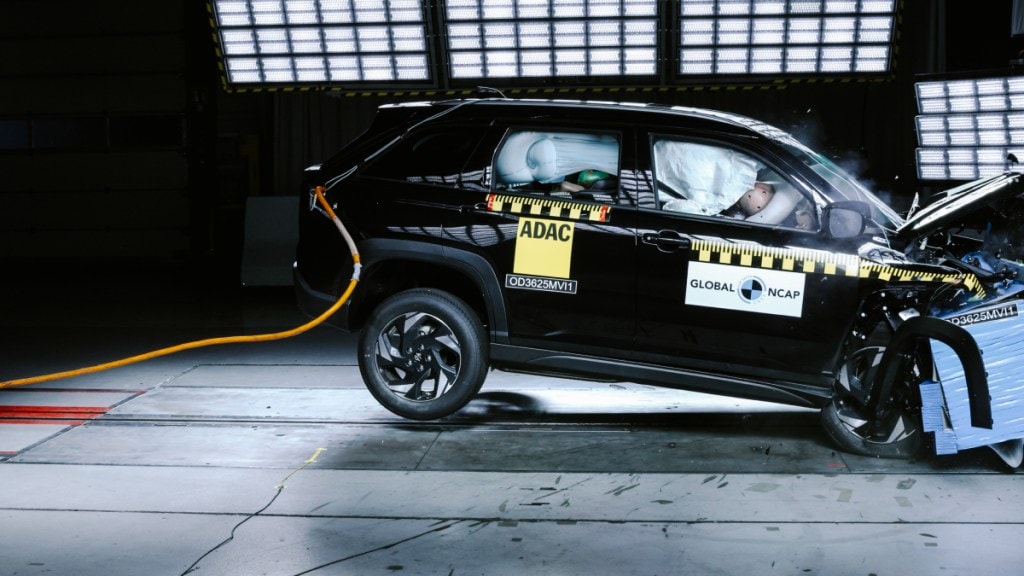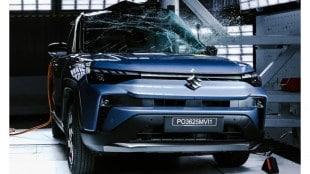Global New Car Assessment Programme (GNCAP) serves as the watchdog for car safety in the world. The GNCAP has been instrumental in spreading awareness about vehicle safety especially in India with the “Safer Cars for India” initiative. Over the years, Global NCAP has gradually updated its testing norms in order to improve the general safety standards of cars.
The latest update to the testing standards was made in August this year making the protocols a bit more stringent. In fact, the recently-launched Maruti Suzuki Victoris was also evaluated under the updated norms.
Global NCAP new safety norms: ESC as standard
The most significant update is the revised requirement for electronic stability control (ESC). Under the new rule, ESC is now mandatory for a vehicle to achieve a 2-star safety rating or higher. Previously, this requirement applied only to vehicles aiming for 3 stars or above. Earlier, manufacturers could comply in two stages — by offering ESC as standard on the best-selling variant or equipping it in equal numbers across other variants.

Global NCAP also required ESC to be made standard across all variants within two years of the test result, while also offering it as a standalone option rather than bundled with other features. Under the revised system, however, ESC must be fitted as standard across all variants of the tested model; failure to do so will result in an automatic 1-star rating. This new protocol will remain in effect through 2029.
Global NCAP new safety norms: Mandatory side impact testing
In addition, pedestrian protection and side impact testing have become mandatory while evaluating any India-made car at the Global NCAP. Moreover, side-impact head protection must be a standard fitment across all variants of the vehicle. In case of no side-head protection system, the car will not be eligible for a side pole impact test and the vehicle can only earn a 2-star rating at the most.
As for pedestrian protection, all vehicles require to comply with UN R127 or GTR9 standards as standard fitment across all variants. Previously, pedestrian safety was not systematically evaluated in the pre-updated norms.

Global NCAP new safety norms: New scoring system
The Adult Occupant Protection (AOP) scoring system has been significantly revised, with the maximum score increasing from 16 points under the earlier protocols to 34 points. The updated structure allocates 16 points each for frontal and side impact assessments, along with 2 points for seat belt reminder systems.
Child Occupant Protection (COP) assessment has also been strengthened through the adoption of Q-series dummies and the inclusion of dynamic test scoring, replacing the previously used static evaluations. In addition, the revised protocols introduce stricter criteria for child restraint system (CRS) compatibility and assessment procedures.
Source: Acko Drive




















